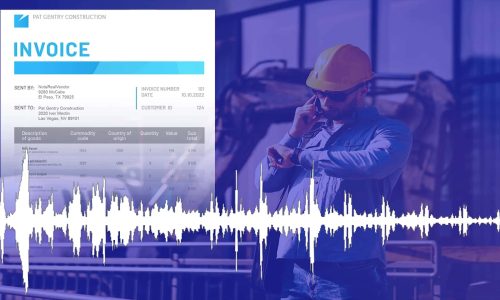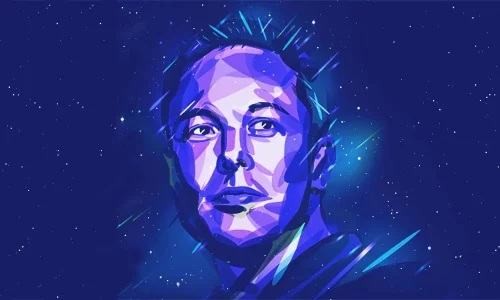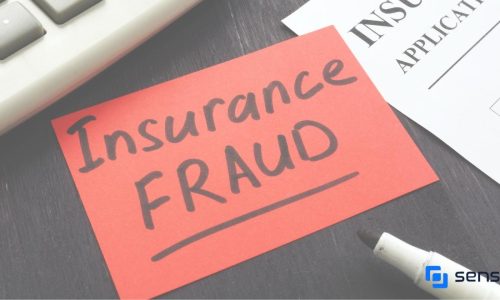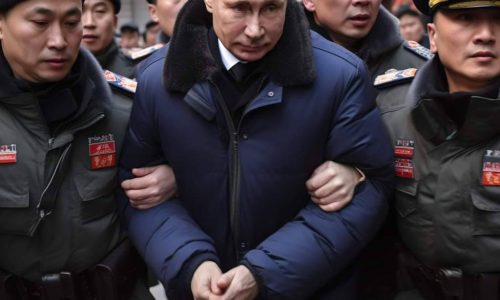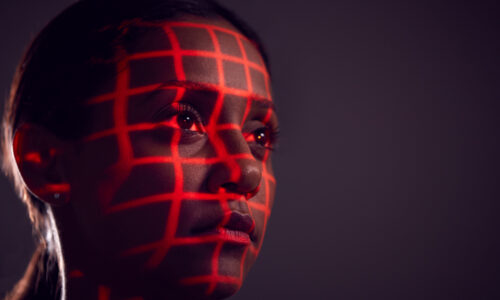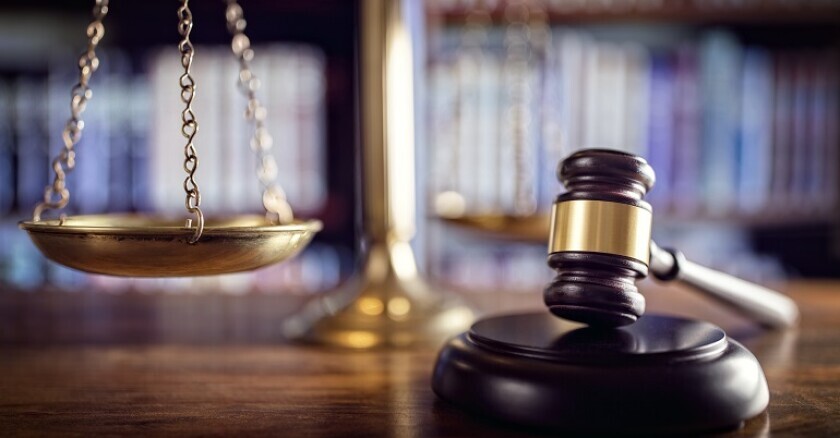
In every criminal or civil trial, evidence is crucial. Collecting and analyzing it in the most accurate way possible always makes the difference, influencing the authority responsible for delivering the final verdict. A misguided decision based on false or inadequate evidence has the potential to cause irreparable damage, impacting not only the individuals or organizations involved but also eroding the overall credibility of the justice system.
Given the importance of evidence, forensic science has become indispensable in contemporary court proceedings. Furthermore, in a society where digitalization permeates nearly all its aspects and technologies like AI and deepfakes become more pervasive, digital forensics emerges as a fundamental tool to scrutinize evidence and ensure its integrity.
Digital forensics for detecting deepfakes
As science and technology evolved in the last few decades, forensic science, defined as the application of scientific disciplines and methods to investigate and solve crimes, has undergone a revolutionary transformation in the criminal legal system. A prime illustration of this evolution is DNA testing, now an essential and widely trusted procedure that facilitates the identification of essential connections, such as those between a crime scene and a suspect. However, like every innovation, forensic science is a double-edged sword. If mishandled, certain techniques within its scope can lead to erroneous verdicts, as underscored by a recent research conducted by the US National Institute of Justice.
Digital forensics, as part of forensic science, carries a similar transformative potential. At its core, it aims to identify, collect, and examine all evidence based on electronically stored data. In today’s highly digitalized world, this encompasses a wide range of files originating from numerous sources, including servers, personal computers, smartphones and every other digital device. Once acquired, these data are integral not only to the investigation of cybercrimes, but also to address a broad spectrum of illicit activities that require proof in court. The complexities and nuances surrounding digital forensics have intensified with the emergence of deepfakes and AI. As highlighted in a 2018 study published in the California Law Review, these technologies have permeated a significant part of public life, ushering in a wave of challenges and controversies with legal implications.
Test your skills in detecting AI-generated images and deepfake videos.
The legal impact of deepfakes in court
From political figures and international celebrities to ordinary citizens, the manipulation of digital content through artificial intelligence has triggered numerous legal battles, takedown notices, and ethical debates, with disputes surrounding copyright and defamation being among the most common. In a notable controversy, for instance, Roc Nation, the company of the American rapper Jay-Z, issued takedown notices against AI-generated videos published by a YouTube Channel. These included songs in which the voice of the famous singer was artificially cloned without his consent, using an AI voice impersonator. In a similar instance, popstar Taylor Swift is currently gearing up for a legal battle against distributors of explicit deepfake images depicting her. Meanwhile, a deepfake video of 2022 featuring Ukraine’s President Volodymyr Zelensky falsely declaring the end of the war against Russia, showcased the technology’s potential impact on political misinformation.
While the mentioned cases highlight the legal implications of deepfakes on high-profile figures in the public eye, they are just a part of the numerous problems created by deepfakes in court. In a child custody trial that took place in 2020 in the UK, for instance, one of the parents, aiming to discredit the counterpart and portray them as violent, produced a deepfake audio, using a deceptive tactic that was exposed during the trial by a family lawyer.Apart from the use of AI generated material in court to fabricate false evidence, in a growing number of judicial cases, the power of deepfakes was also utilized as part of a different legal strategy. How? By claiming that videos and images involving people implicated in legal cases were deepfakes. In a current lawsuit against Tesla in California, a judge has tentatively ordered the company’s CEO, Elon Musk, to be interviewed under oath about his 2016 statements on Tesla’s Autopilot capabilities, following claims by the family of a crash victim. The company’s legal team countered, suggesting Musk might have been a target of deepfake videos, casting doubts on the statement’s authenticity. The legal battle is still ongoing and its outcome remains uncertain but it certainly highlights the broader implications of deepfake challenges within the judicial system, including public figure accountability.
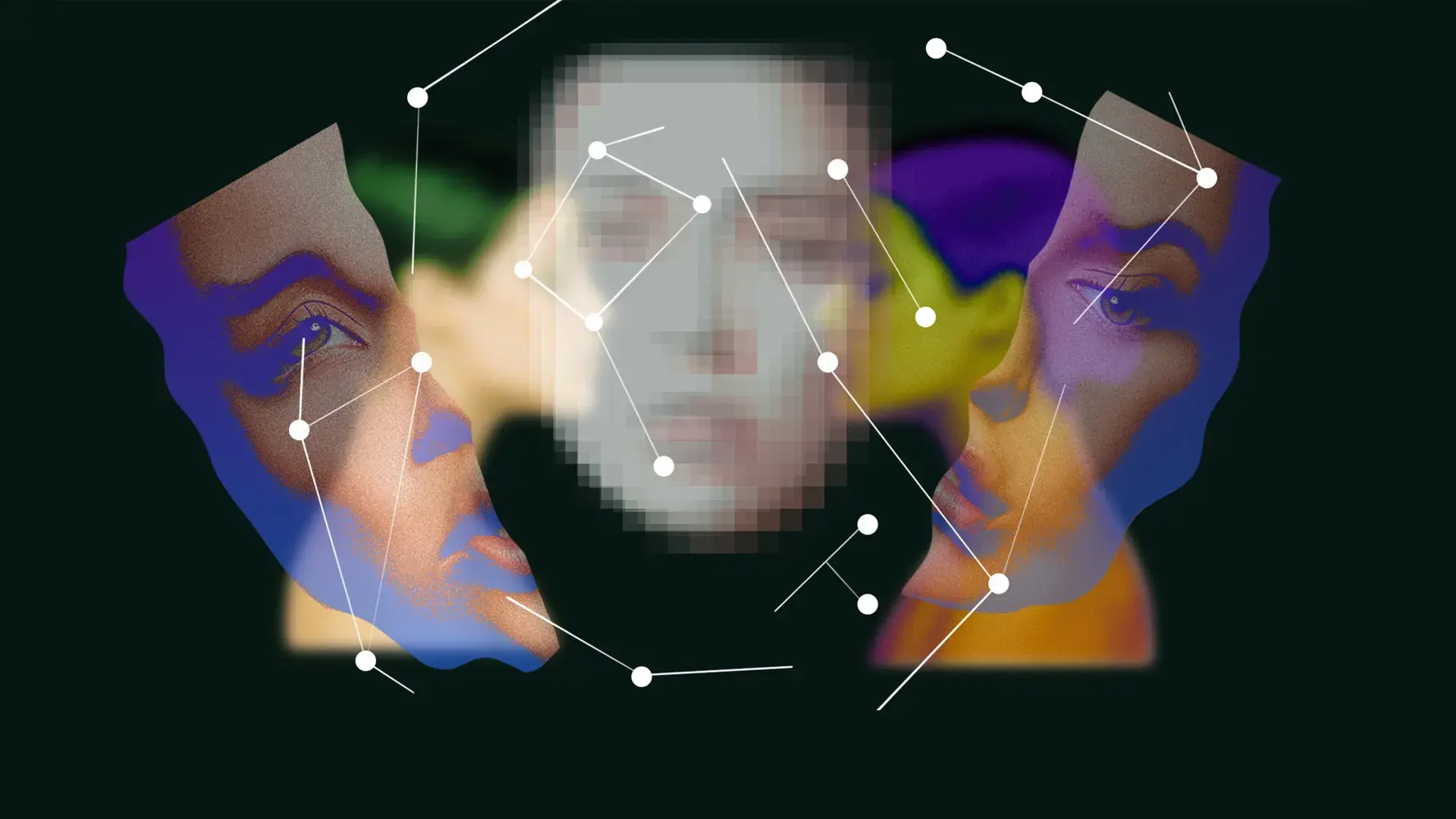
Why deepfake forensic assessment is crucial
In the era of deepfakes where identifying AI-altered content is increasingly hard, it is crucial for digital forensic experts to have advanced tools at their disposal. This necessity arises to effectively counterbalance the skepticism that surround this matter in courts. The rapid introduction of new features in computers and smartphones, as well as the exponential growth in data volumes, can make existing digital forensics tools outdated and unreliable, representing a significant challenge for investigators who may struggle to collect and process evidence effectively. Additionally, the rise of deepfakes will almost inevitably lead to an increase in both civil and criminal cases, potentially resulting in prolonged legal proceedings if forensic experts lack the necessary means to address them. To maintain the reliability of digital forensics, constant collaboration among researchers, law enforcement, and technology companies is key to properly understand the complexities and adequately address the new challenges arising from the advancements in deepfake technology.
Many companies are in fact actively engaged in researching and developing new digital forensic software, including tools that employ video or image authenticity tests. These techniques will need to ensure that forensic experts can swiftly and reliably address investigations, aiming to reduce the time frames of legal processes. Such an approach will not only result in considerable cost savings but also uphold the public credibility of their findings.

